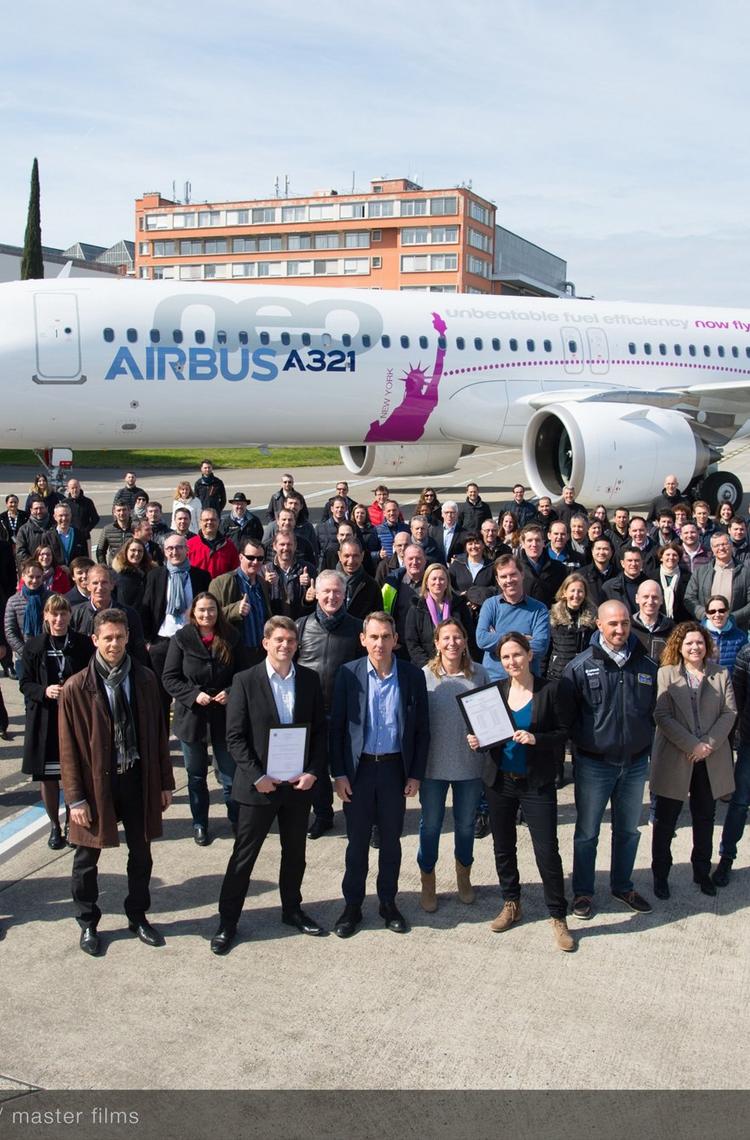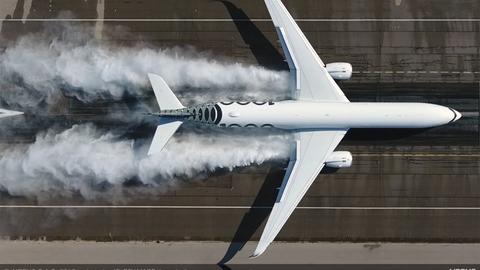Airbus commercial aircraft undergo rigorous flight test campaigns and detailed analyses to support certification before they’re cleared for commercial service by the European Aviation Safety Agency (EASA).
However, the work doesn’t end with issuance of a jetliner’s airworthiness certificate. Before it can be operated in countries other than the EASA member states, a nation’s own aviation authority must validate the EASA certification.
Three Airbus team members who are heavily involved with airworthiness validation – Didier Robin, Head of Airworthiness & Certification; Layla Gowland, office of the Chief Airworthiness Engineer – A320 Family; and Samuel Mericq, office of the Chief Airworthiness Engineer – A350 XWB – field questions on what it involves.
What’s the difference between certification and validation?
Robin: Type certification shows that the aircraft meets all of the regulations required by EASA. Airbus also endeavours, where possible, to obtain a concurrent Federal Aviation Administration (FAA) type validation. The EASA type certification or FAA validation is sufficient for some airworthiness authorities, most European countries and the U.S., and no further validation activity is needed.
For other countries, the national airworthiness authority needs to “validate” the type certification, to see that the aircraft meets all of their rules. Thanks to International Civil Aviation Organisation (ICAO), all we need is this validation; we don’t need to recertify the aircraft in each country.
What is it that national authorities look for?
Gowland: It depends on the authorities’ domestic concerns and experience. Countries like Canada or Russia may want detailed information on cold weather performance while Middle Eastern countries might want more information on hot weather performance.
Others may have points of interest such as physical security, cyber security or runway capabilities. Then again, they may ask for information on new technology such as a composite material fuselage or a new function like ROPS (runway overrun protection system) or AED (auto-emergency descent).
Is the level of review the same from country to country?
Mericq: No, this varies from authority to authority and may also be influenced by the authority’s working arrangement (if any) with EASA. For some authorities, the EASA type certificate is sufficient. For some countries, with perhaps some aviation industry, the authorities may request more details and wish to have meetings with us to gain more information.
Then there are several countries – including Russia, Brazil, China and Canada – with well-developed aviation manufacturing industries and their own aviation regulatory references. Often, they may want to deep dive on different topics.
What is a typical validation process?
Robin: When we know that a new aircraft type is going to be delivered to a country, we submit an application to the national authority for the validation of the EASA type certificate. For new developments, this happens up to two years before delivery. Working with EASA, we start by giving the national authority general knowledge and then we get more technical. The authority may come to Toulouse for familiarisation sessions to discuss and define the validation items, things like new technologies or points of interest.
How does Airbus show that the aircraft complies with their regulations?
Mericq: We have our technical and certification dossiers from which we present the scope of the validation request. There can be some negotiation regarding what we share due to proprietary information we want to protect. We have worked hard over the years to build trust with the airworthiness authorities, spread knowledge and strengthen safety requirements. After all, we all have the same goal: promoting and serving safety.
Has the process changed over the years?
Gowland: Obviously, we sell more aircraft – for example, over 90 countries now have airlines that operate members of the A320 Family – and to support validation activities, we have people at our facilities in Europe, China and the U.S. And then there are the aircraft variants and new safety functions we develop that need to be certified and validated. It’s challenging but productive.

